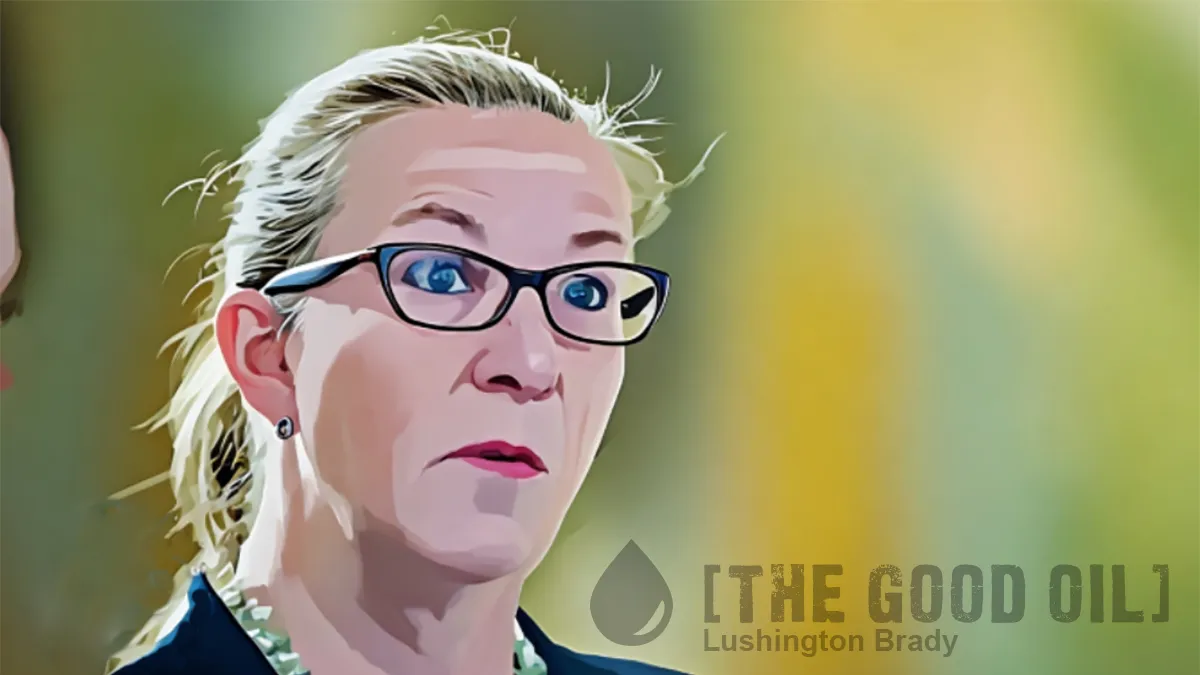Magic is increasingly replacing logic in Australia’s legal system. Proponents of an Aboriginal “Voice” argue that one’s ancestry somehow imparts a magical “spiritual bond” with the land that no other race can attain. Worse, Australia’s highest court endorsed at law the Aboriginal mythology of “Dreamtime”.
Now we’re being asked to write into law the belief that the rainbow serpent can be killed by irrigation.
An irrigation project on a Pilbara cattle station owned by Andrew and Nicola Forrest could possibly ‘kill’ the mythological rainbow serpent which lives in the river running through the property, a lawyer for the West Australian government has argued.
The stance was put to the State Administrative Tribunal hearing on Monday as Forrest and Forrest Pty Ltd appealed the rejection of its Section 18 application, under the Aboriginal Heritage Act, to build 10 weirs along the Ashburton River and two granite quarries at Minderoo Station, 40 kilometres south of Onslow.

This whole silly kerfuffle is reminiscent of the Hindmarsh Bridge scandal of the 1990s. In that legal saga, a major development was stalled for nearly a decade because of “secret women’s business”: fertility magic that no-one could be told about, but before which everyone was supposed to genuflect.
A royal commission eventually determined that the claims were fabricated. Certainly, they challenged logic: one basis for the claim was that the area in question resembled female anatomy when seen from the air. Which begs the question of just where “Dreamtime” folk procured their aircraft. No doubt Bruce Pascoe is penning a best-selling history of the Aboriginal discovery of flight.
It was also claimed that the bridge would interfere with the “meeting of the waters”, which magically impacted the local Aborigines’ fertility. Why a bridge would do this when the already-existing barrages apparently didn’t was resolved by the assertion that the barrages “did not create a barrier between water and sky”.
Such is the kind of hard-headed legal reasoning we get when magic gets to take the stand in court.
Griff Ranson from the State Solicitor’s Office told the SAT on Monday there were several ways the proposal impacted the river and the associated beliefs of the local Thalanyji people.
He said there was a thought that building the weirs could kill the water serpent Wanamangura — which created and lives in the river, force it to leave, or make it angry.
“[The serpent] can be killed or harmed by human impact and if that happens the water on which people rely on can dry up, alternatively it can become angry and it can seek … spiritual retribution upon people,” Mr Ranson said[…]
Mr Ranson said building the weirs would impact the flow of the Ashburton which should be considered as impacting the site because it altered the path set by the serpent.
Sydney Morning Herald
On the other hand, when a family of local God-botherers here in Tasmania refused to pay their land taxes because the land “belonged to God”, they got very short shrift from the courts. Maybe they should have claimed that land taxes would make the local mountain spirits angry. The fact that the family are white shouldn’t matter too much: it’s certainly never been a hindrance for some of Tasmania’s Aboriginal activists.
Come to think of it: the next time I cop a parking ticket, I’m going to argue that paying the fine will put my chakras out of alignment and make the Flying Spaghetti Monster angry.
Hey, don’t you dare challenge my deeply-held beliefs! That’s, like, racist, or something.
Please share this article so that others can discover The BFD









